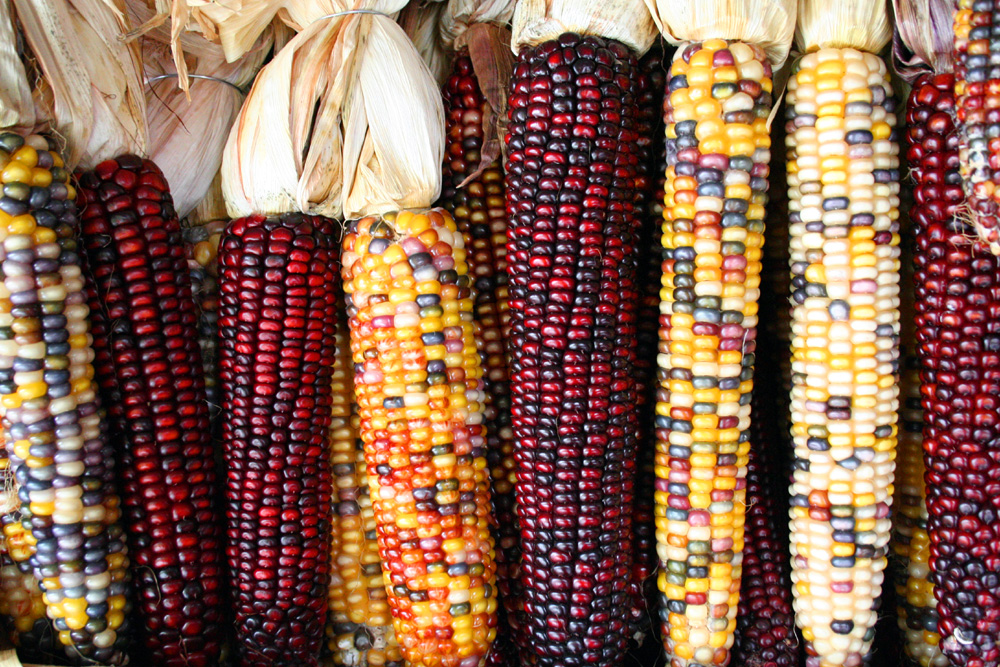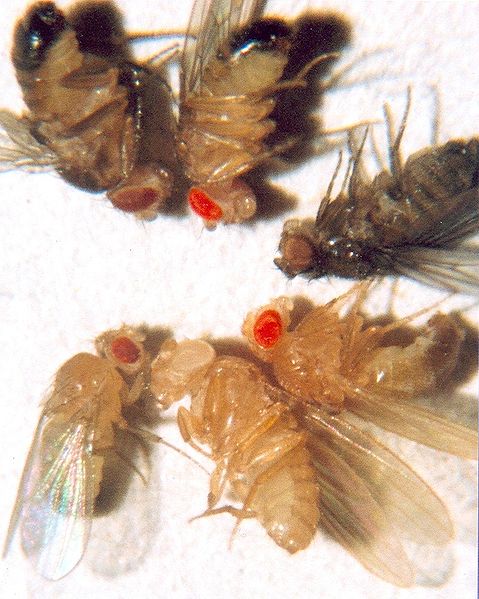Mutants have value too
Mutations occur in every organism, some are damaging, some are neutral and some are actually desirable.

We have all heard that words have meaning, but words also take on positive or negative implications and unless you are talking about Ninja Turtles, “mutant” generally is negative. That is why it is disturbing to see many internet articles connect “mutant” and “food.” They often have a picture like Figure 1 and an article with misleading information. It seems authors use mutant to get your attention and cause a general mistrust of our food.
Authors often play off reader’s lack of knowledge of physiology or genetics. Sprouting seeds occur in tomato and other fruit kept in storage too long, or that is very ripe. Seeds sprout, that is what they do—mature fruit falls on the ground and seeds sprout to continue the next generation. We just eat most things before that happens. When we see something different, we think something is wrong and someone is doing strange things to our food.
All food has a story, some more interesting than others. Some would make good Hollywood movies since they involve international espionage, clandestine operations and narrow escapes. However, it is safe to say all food is mutant, and so are we. Whoa! Stop the bus! Before you panic, let me explain.
All living organisms have genes, and all genes are made of DNA (Deoxyribonucleic Acid). DNA is the universal coding system forming genes that provide instructions for plant and animal cells to do their work. Genes are DNA sequences represented by the letters A, T, G and C, which form thread-like chains of molecules that make up chromosomes. For reproduction to occur, replication of DNA, chromosome duplication, cell division and all processes required for organisms to function are extremely structured and accurate—they have to be, or else the organism is likely to die or not be able to produce the next generation.
Generally, the more complex the organism, the more structured the system. However, slight changes are tolerated, and it is the accumulation of slight changes that gave rise to our current food supply. These changes from normal are mutations in the DNA coding, i.e., the order of the A, T, G and Cs which may lead to different gene expression. For example, a mutation may change disease tolerance, flower color, fruit size, etc.
Most DNA changes go unnoticed and do nothing since they occur in sections not coding for anything—the A, T, G and C order in that section does not make sense anyway. DNA strands are like sentences with no spaces between the words. Just as words have to be arranged in a specific order to make sense, so do DNA codes. Much chromosomal DNA are like random letters, and changes within these areas cause no problems. It is change within the area that makes sense that leads to good or bad changes, or potentially heritable change.

For example, if the DNA sentence is arranged like No. 1 in Figure 2, it does not make sense. Therefore, any change would not cause a problem. However, if arranged like No. 2, you conclude the fruit is orange (yellow+red=orange) but the one change between No. 2 and 3 leads to a different fruit color. The fruit is now a satin, flat red, but the sentence still makes sense. Sentence No. 1 contains the same letter information as No. 2, but it does not have the right order to make sense. Sentence No. 2 and 3 make sense, but leads to different outcomes. Changes occur within DNA due to natural causes, generally cosmic radiation or stress (cold, heat, drought, heavy pruning, cell damage, etc.).
The predominant expression of any trait in a population is called the “wild type.” However, there are individuals that are different—mutants. Two examples in the human population are blue eyes and the adult ability to digest cow’s milk. Brown eyes and an adult inability to digest cow’s milk is the natural condition (wild type). Everyone who has blue eyes has blue eyes due to the same mutation in the pathway to make brown eyes. Consequently, all blue-eyed people are related and traced to one change (mutation) in one person (mutant) thought to have lived 6,000 to 10,000 years ago.

Cow’s milk requires the lactase enzyme for digestion. Infants make lactase but as many reach adulthood, we lose that ability and experience the consequences of lactose intolerance. Only about 35 percent of adults produce lactase. When this change occurred is less clear but coincides with animal domestication. Lactating animals became a renewable source of mobile, easily accessible protein and they ate things humans could not and changed it into a form we could eat. Therefore, populations that could digest their milk certainly had an advantage. I do not think anyone would call blue-eyed people or lactase generating adults “mutants” in a negative way, but in the genetic sense, that is what they are.
Once recognized that certain natural processes lead to mutations, breeders concluded that rather than wait for an extremely slow process to cause them naturally, they would speed them up through exposure to radiation, stressful growing conditions and other situations potentially influencing genetic changes. This is a random process causing mostly useless but occasionally positive changes. It has led to some color changes (red grapefruit), seedlessness (citrus) and other traits. Newer breeding techniques are more specific and far less damaging in the changes they cause either through inactivation or insertion of specifically identified and desired genetic sequences, thus speeding the process.

Mutations also provide us with insight as to how genetic systems work. We have learned much about genetics by studying why there can be multiple kernel colors on the same ear of ornamental corn, or even within the same kernel. Fruit fly mutants have also taught us much. Therefore, we should not always give the words “mutation” and “mutant” negative value. We have and will continue to benefit from them in many ways.



 Print
Print Email
Email










